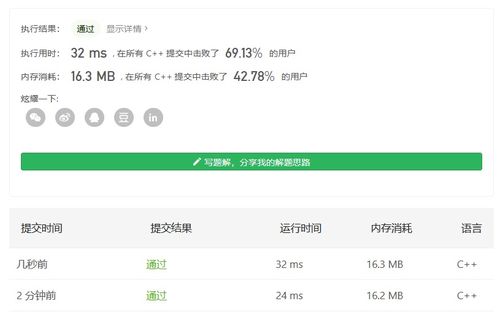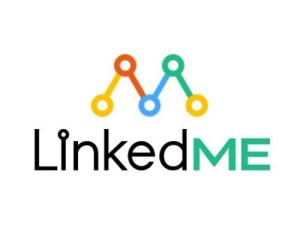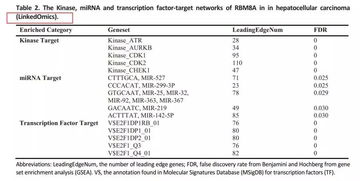
Understanding Linked Open Data (LOD)

Have you ever wondered what Linked Open Data (LOD) is and how it differs from traditional data? In this article, we’ll delve into the intricacies of LOD, exploring its definition, advantages, and applications. By the end, you’ll have a comprehensive understanding of this fascinating concept.
What is Linked Open Data (LOD)?

Linked Open Data (LOD) is a method of publishing structured data on the web, making it easily accessible and interlinked. The core idea behind LOD is to create a web of data that is interconnected, allowing users to explore and combine information from various sources seamlessly.
LOD is based on the principles of the Semantic Web, which aims to make data more meaningful and accessible. It achieves this by using a set of standards and technologies, such as RDF (Resource Description Framework), SPARQL (SPARQL Protocol and RDF Query Language), and URIs (Uniform Resource Identifiers).
Advantages of Linked Open Data (LOD)

Compared to traditional data, LOD offers several advantages that make it a powerful tool for data sharing and analysis. Here are some of the key benefits:
| Advantage | Description |
|---|---|
| Interconnectivity | LOD allows data from different sources to be linked together, enabling users to explore relationships and patterns that were previously hidden. |
| Accessibility | LOD makes data easily accessible to anyone with an internet connection, promoting transparency and collaboration. |
| Richness | LOD provides a wealth of information that can be used for various purposes, such as research, development, and decision-making. |
| Scalability | LOD can handle large volumes of data, making it suitable for big data applications. |
Applications of Linked Open Data (LOD)
LOD has a wide range of applications across various industries. Here are some examples:
-
Government: LOD can be used to publish government data, making it more transparent and accessible to citizens.
-
Healthcare: LOD can help researchers and healthcare professionals access and analyze medical data, leading to better treatments and outcomes.
-
Education: LOD can be used to create interactive learning materials and provide students with access to a wealth of information.
-
Business: LOD can help businesses gain insights into market trends and customer preferences, leading to better decision-making and innovation.
Challenges and Limitations of Linked Open Data (LOD)
While LOD offers numerous benefits, it also comes with its own set of challenges and limitations:
-
Data Quality: The quality of LOD data can vary, and it’s essential to ensure that the data is accurate and reliable.
-
Privacy: LOD can raise privacy concerns, as it involves sharing sensitive information. It’s crucial to implement proper data protection measures.
-
Standardization: Ensuring that LOD data is standardized and interoperable can be challenging, as different organizations may use different formats and vocabularies.
Conclusion
Linked Open Data (LOD) is a powerful tool for data sharing and analysis, offering numerous advantages and applications across various industries. By understanding the principles and challenges of LOD, you can better appreciate its potential and contribute to its growth and development.




